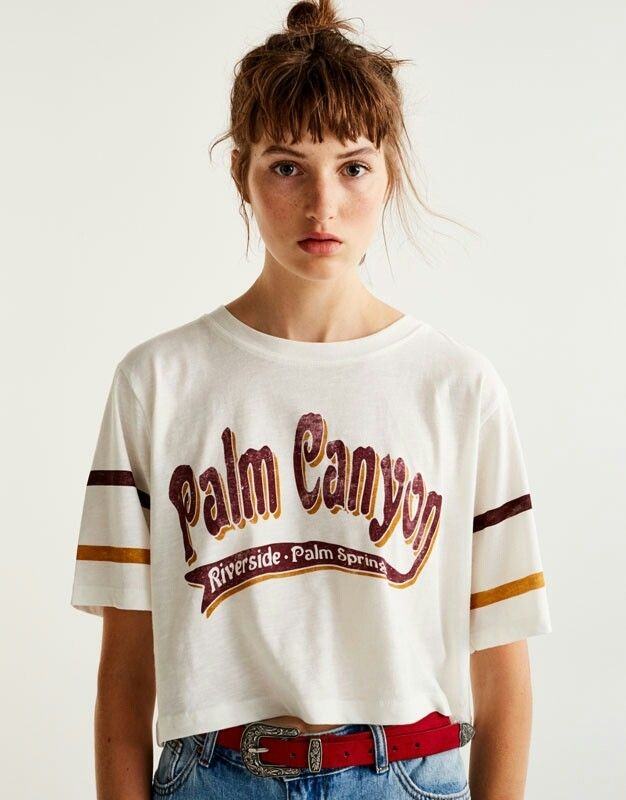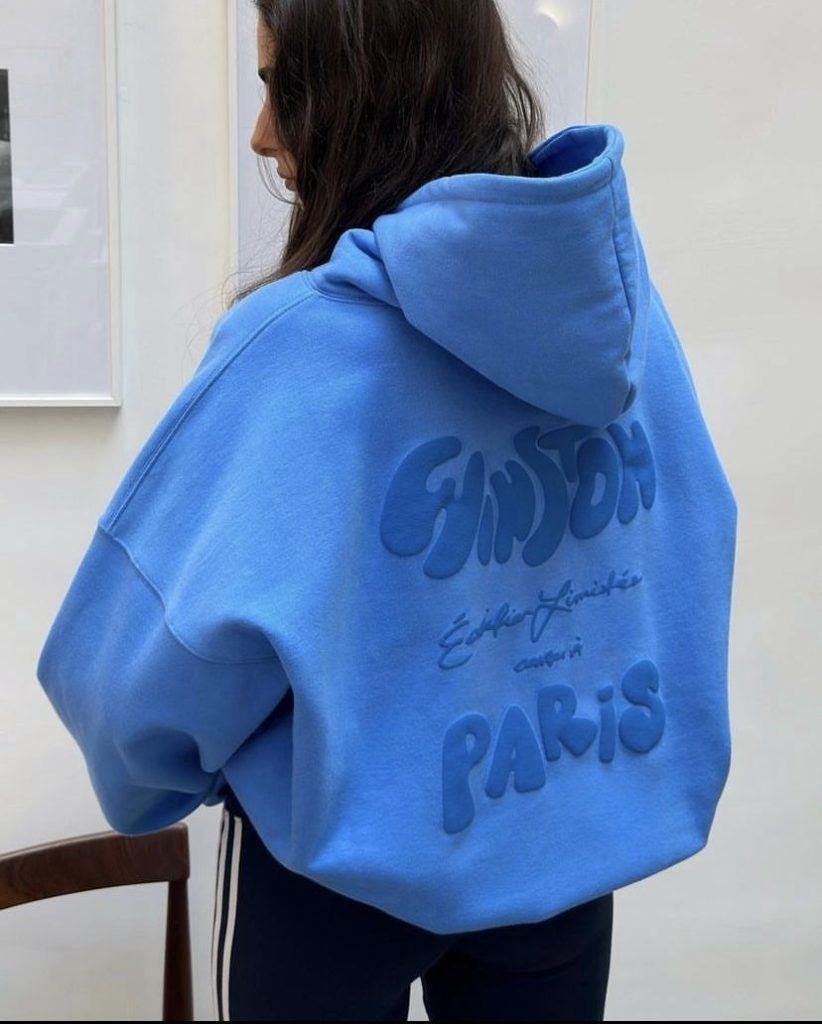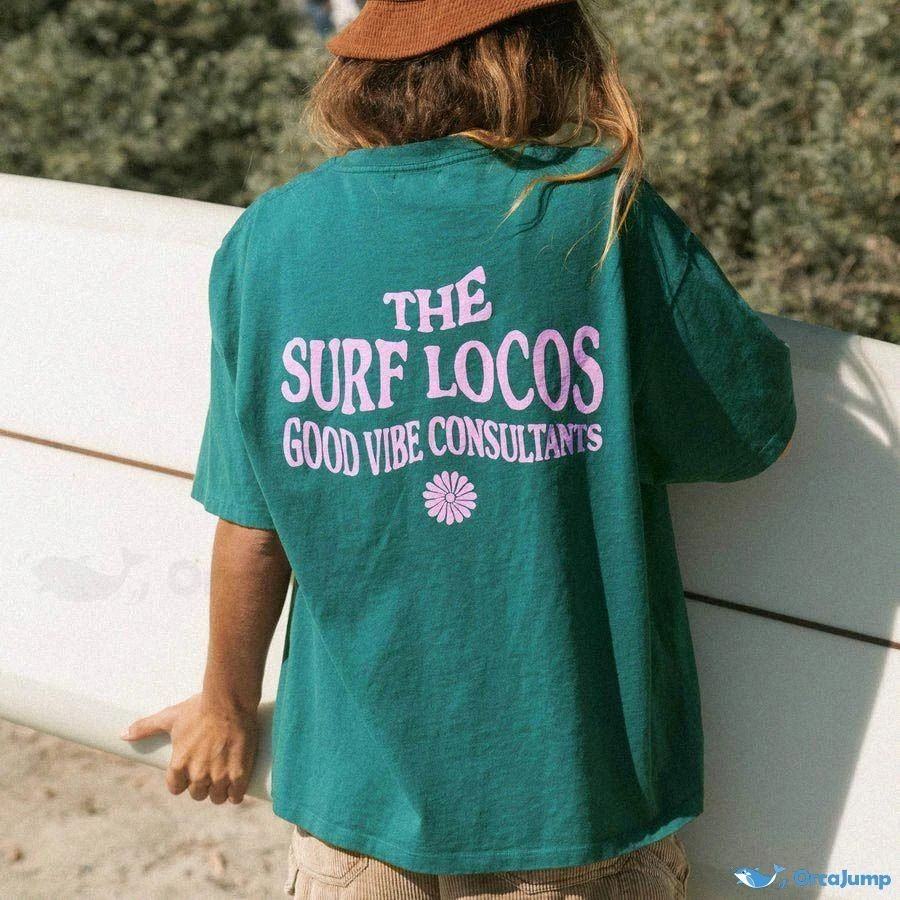Fashion is one of the oldest and most resilient expressions of human consciousness. Long before the advent of written language, architecture, or political systems, the human desire to decorate the body, to distinguish oneself from others, to signal belonging or resistance, already existed. Fashion is not merely a commercial industry or an artistic endeavor—it is a powerful cultural, emotional, and philosophical mechanism. Across millennia, across continents, across wars and peace, fashion has evolved into a living archive of human desire. It reflects our fears and fantasies, our triumphs and traumas, our rituals and revolutions. It is as practical as warmth and as mystical as identity. In this exploration of fashion, we enter a realm where fabric is more than fiber—it is the outer skin of the soul.
Fashion, at its most primal, is born from the body. Before it becomes aesthetic or symbolic, it is a dialogue with nature. Early humans wore furs to survive, but even in their simplest forms, these garments evolved quickly into distinctions. Animal bones became necklaces, skins were dyed with berries and minerals, and patterns were carved into surfaces not for functionality, but for visual impact. This marks the earliest emergence of style: a uniquely human trait that turns necessity into creativity. The moment a human being looked at another and noticed how they were adorned differently, fashion was born—not as a luxury, but as a language.
Throughout ancient history, fashion was inseparable from hierarchy and cosmology. In Mesopotamia, the weaving of garments was considered a sacred task, often overseen by priestesses. In Egypt, the sheer pleated linens and ornate collars signified status and devotion to divine order. In ancient Greece, the simplicity of the chiton was deceptive—it encoded values of proportion, grace, and civic identity. Meanwhile, in ancient China, garments under the Han and Tang dynasties communicated moral philosophy, with colors and sleeves representing virtue and lineage. The Byzantine Empire turned garments into gold-encrusted icons, draping rulers in silks embroidered with Christian symbols. In every culture, the body was made divine through clothing. Fashion was never frivolous—it was ritual, embedded with the sacred and the eternal.
Medieval Europe and feudal Asia took this symbolism further, codifying fashion into laws. What one could wear became legally prescribed by birth. The wealthy wore ermine and silk; the poor wore wool and flax. The construction of identity through clothing was no longer voluntary—it was assigned. But even within these limits, humans subverted the rules. Secret embellishments, hidden colors, and carefully chosen accessories revealed personal rebellion or spiritual longing. During Japan’s Edo period, sumptuary laws restricted vibrant colors and ostentation, yet merchants commissioned exquisite designs hidden beneath plain overcoats. The human impulse toward self-expression cannot be legislated out of existence. Even in oppression, fashion finds a way.
The Renaissance awakened a new kind of visual splendor. With the rediscovery of classical ideals and the growth of global trade, European fashion became more elaborate, drawing inspiration from Asia, Africa, and the Americas. Clothing became an exhibition of global conquest and individual wealth. Portraits from this time show nobles in stiff brocade, ruffled collars, and pearls, each element narrating a personal myth of taste, lineage, and social order. In contrast, the working classes began to develop their own fashion language—not based on luxury, but on practicality, pride, and emerging forms of urban identity. In both spheres, fashion was a performance: a choreography of gesture, texture, and silhouette.
The Enlightenment and the French Revolution challenged fashion’s allegiance to aristocracy. The powdered wigs and corseted gowns of Versailles became symbols of decadence. Philosophers and revolutionaries turned to simplicity, to clean lines, to clothing that reflected liberty, equality, and fraternity. The sans-culottes refused the breeches of noblemen, wearing long trousers as a symbol of the common man. In America, homespun cloth became a statement of independence from British goods. Here, fashion became political theater. It was not merely influenced by ideology—it became the stage upon which ideology played out. The body, dressed or undressed, became a battlefield of values.
The nineteenth century witnessed the industrial revolution, which completely transformed the fashion landscape. What had once been slow, localized, and bespoke became fast, urban, and reproducible. Textile mills, synthetic dyes, and factory labor allowed for mass production. Fashion became available to the burgeoning middle class, who now had the means to imitate aristocratic styles. But this democratization came with alienation. The individual lost their tailor, their cloth merchant, their familial techniques. In their place stood shopfronts, mannequins, and catalogues. Fashion became visual rather than tactile. At the same time, it became a gendered instrument of control. Women were laced into corsets, trained into crinolines, and burdened with layers that limited movement. The male wardrobe narrowed into sober suits, marking a moral economy of discipline and control. Clothing was not just about appearance—it was about social roles, psychology, and power.
With the twentieth century came rupture. Wars, technology, feminism, decolonization, and global capitalism shattered the old structures. The World Wars forced practicality onto women’s fashion, introducing trousers, jumpsuits, and uniforms into female wardrobes. In the postwar years, designers like Christian Dior resurrected femininity with the “New Look,” while Coco Chanel championed freedom, comfort, and mobility. The youth of the 1960s rejected their parents’ wardrobes, embracing miniskirts, psychedelic prints, and androgynous styles. The 1970s witnessed a pluralism of style: disco, hippie, punk, glam. Each subculture told a different story, used different references, and built different worlds through clothing.
Fashion was no longer top-down—it became horizontal. Subcultures created their own aesthetic codes, mixing thrift with luxury, tradition with rebellion. African American communities invented hip-hop fashion, transforming sneakers, chains, and tracksuits into a global phenomenon. LGBTQ+ communities used fashion to create chosen families and queer visibility, especially in ballroom culture, where style was both competition and self-affirmation. Fashion became diasporic, hybrid, nomadic. As global migration increased, so too did the blending of East and West, North and South, rural and urban. Designers like Issey Miyake, Alexander McQueen, and Jean Paul Gaultier turned the runway into a site of intellectual provocation, where garments carried complex narratives of trauma, transcendence, and history.
Today, fashion lives in paradox. It is hyper-accelerated by digital media yet still depends on the timeless gesture of the hand. It is global yet personal, disposable yet eternal. Social media platforms like Instagram and TikTok have created infinite runways. The street is as influential as the studio. Influencers, rather than editors, shape trends. The boundaries between designer and consumer are blurred, as DIY culture and customization reassert the value of participation over passive consumption.
Yet this hyper-visibility has consequences. Fashion is increasingly confronted by its own shadows. The industry contributes to environmental degradation, labor exploitation, and consumer addiction. Fast fashion giants produce billions of garments annually, many of which are worn once and discarded. Behind the glamour of fashion weeks lies a carbon footprint, a garment worker in unsafe conditions, a river dyed red. In response, the slow fashion movement is gaining traction. It calls for ethical sourcing, sustainable fibers, circular design, and respect for traditional craftsmanship. Indigenous fashion designers are reclaiming their ancestral techniques, merging heritage with innovation. Consumers are beginning to ask not only “What do I want to wear?” but “What does this garment represent? Whom does it support? What future does it help create?”
Fashion is also confronting its legacy of exclusion. For too long, the industry privileged whiteness, thinness, youth, and wealth. Today, movements for body positivity, racial equity, and gender inclusivity are forcing change. Disabled designers are creating adaptive garments. Trans and non-binary individuals are challenging the binary structure of clothing. Models of all sizes and ethnicities are appearing on runways and magazine covers. Fashion is no longer one story—it is a chorus. And with that plurality comes the need for new ethics, new aesthetics, and new systems of care.
In this moment of transformation, we must return to the essential truth: fashion is human. It is the fingerprint we leave on fabric. It is the breath we give to silence. It is the ritual of dressing not only the body but the soul. From the way we fold our clothes to the way we select colors to match our mood, fashion is deeply intimate. It is not just what others see—it is what we live in. It holds our scent, our memory, our longing. A grandmother’s scarf. A child’s uniform. A lover’s shirt. These are not mere objects—they are emotional landscapes.
Thus, to engage with fashion is to engage with life. To reflect on fashion is to reflect on who we are becoming. As the world accelerates, as identities shift, as boundaries blur, fashion offers a moment of grounding—a chance to ask, “How do I want to exist in the world today?” The answer may change tomorrow. That is the beauty of it.
Fashion is not just the clothes we wear. It is the dreams we wrap ourselves in, the legacy we inherit, the vision we craft for the future. It is art. It is memory. It is resistance. It is renewal. And it will endure—as long as there is a body to dress, a mind to imagine, and a heart to feel.



